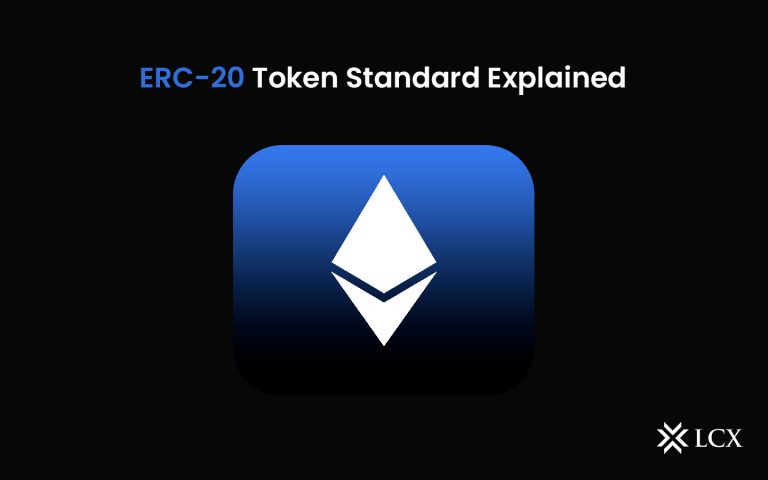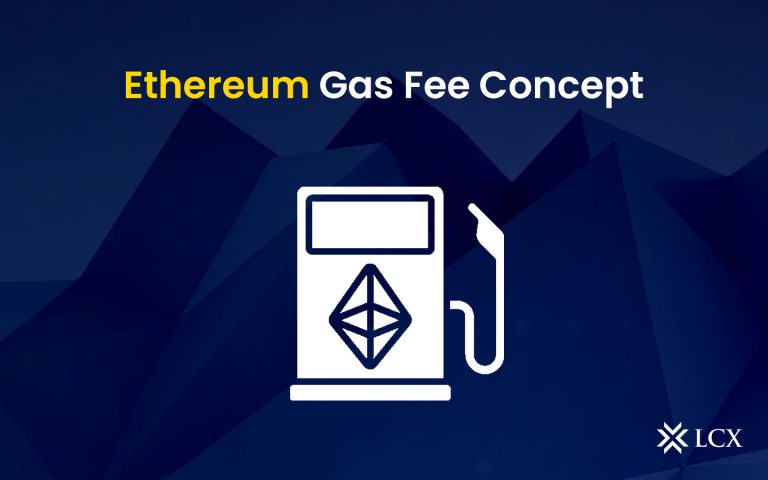Discover the dynamic world of Non-Fungible Tokens (NFTs), where digital assets take the spotlight and shoot up in value, provoking the interest of investors and collectors alike. This cutting-edge technology raises the question of how to accurately assess the value of these distinctive tokens as NFTs continue to challenge the established rules of digital asset ownership.
Get ready for an exciting ride as we unearth the methods for determining the worth of NFTs. With this knowledge, you will be able to tap into their potential for improvement and make smart decisions in the booming NFT market.
Let’s have a look at some parameters that can be used to determine the value of an NFT:
Rarity and Uniqueness: Rarity and uniqueness are two essential elements that affect an NFT’s value. As each NFT is unique, the rarity of an asset can have a big impact on how much it is valued. Examine an NFT’s issue number, whether it is a limited edition or part of a series, and whether it is connected to a well-known artist or effort. The token is expected to be more valuable the more uncommon it is.
Utility: An NFT’s usefulness or utility is determined by how it is used, whether in the real world or the virtual one. For instance, some NFTs are considerably more than just collectibles because they may be used in games as identities or digital environments.
Liquidity: The value of an NFT increases with increased liquidity. The fundamental factor that should cause an on-chain token to be worth more than an off-chain asset is liquidity. Investors always prefer to put their money into NFTs that have high trading volumes because of the lesser risk involved with holding them.
NFTs created in accordance with the ERC standard can be purchased by potential buyers who have Ether and sold effortlessly across several marketplaces (ETH). This considerably raises those NFTs’ worth.
Non-Ethereum NFTs commonly have an absence of liquidity, which lowers their value. According to experts, businesses need to develop token economics that will encourage users to interact with their NFT more and exchange them, creating liquidity.
Ownership history: The identity of the issuer and previous owners affects the value of a non-traded security. Tokens created by well-known persons or entities have significant historical worth due to their previous owners. By collaborating with individuals or businesses that have a strong brand value for issuing NFTs, you may improve the value proposition of the NFT and other digital assets.
By using a straightforward tracking interface, marketplaces and sellers can assist purchasers in learning more about prior NFT owners. Buyers will benefit from access to the addresses of those who have made significant gains through NFT trading.
Accessibility: The ability to use the tokens in other applications is a crucial component of the NFT value proposition. For instance, there are more opportunities for the token to gain value if the same instrument can be used in multiple games. Because of the unique properties of non-fungible tokens, they can be used on any blockchain with incredible ease.
Nevertheless, because developers must create a huge network of applications on which the tokens can be used, interoperability is challenging to achieve. The NFT’s adaptability can be attributed to its wide range of interesting use cases. Alternatively, developers could make agreements with other projects to the benefit of token holders.
Final Thoughts
NFTs are part of a developing ecosystem that is always evolving. The value of NFTs can be affected by a number of factors, many of which are in a state of rapid change. Even if it is insistent that the conversation is about the inherent value of NFTs and other digital assets, the fact remains that value is largely a subjective construct.
Realizing that there is a lot of room for growth and change in the NFT industry, it’s important to keep an open mind about the NFT space’s potential but also proceed cautiously.










